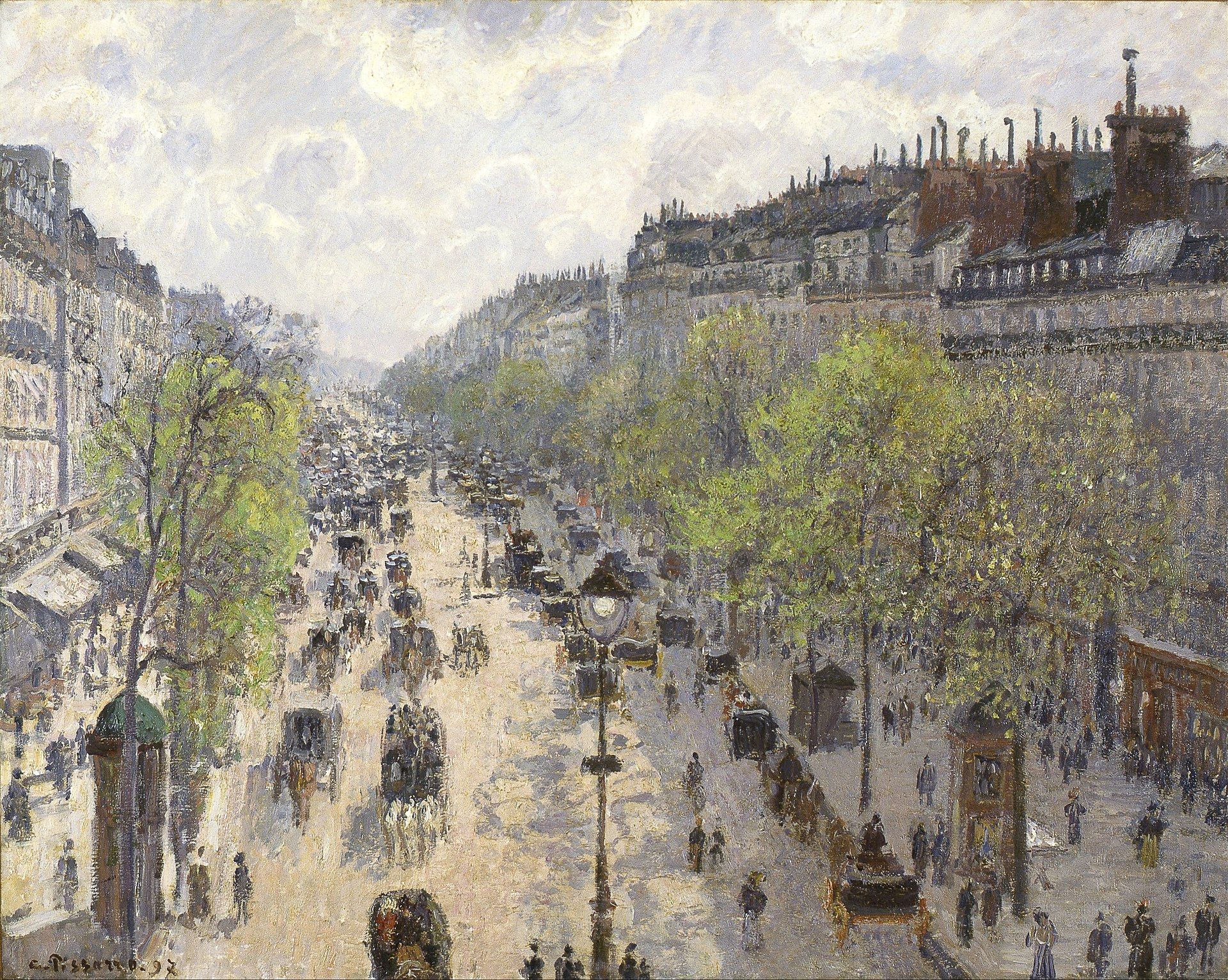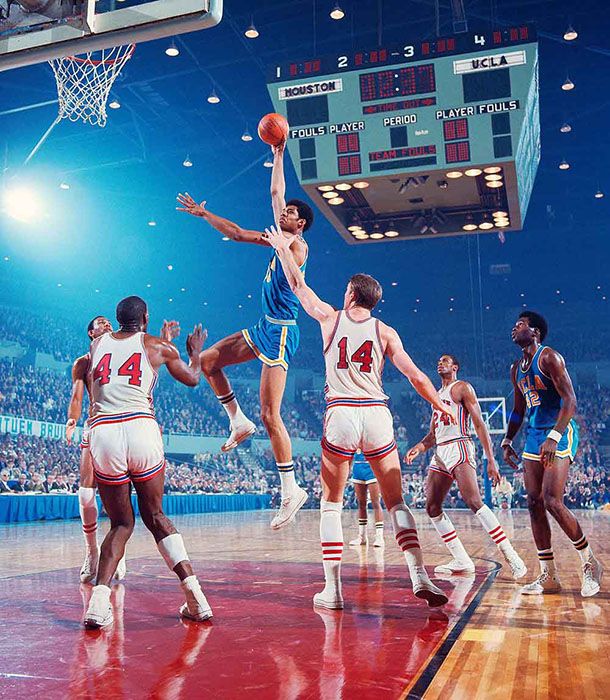Paintings by Turner and Monet depict trends in 19th century air pollution (Albright et al, PNAS)

Individual paintings by artists including Vincent van Gogh and Edvard Munch have been shown to depict specific atmospheric phenomena, raising the question of whether longer-term environmental change influences stylistic trends in painting. Anthropogenic aerosol emissions increased to unprecedented levels during the 19th century as a consequence of the Industrial Revolution, particularly in Western European cities, leading to an optical environment having less contrast and more intensity. Here, we show that trends from more figurative to impressionistic representations in J.M.W. Turner and Claude Monet’s paintings in London and Paris over the 19th century accurately render physical changes in their local optical environment. In particular, we demonstrate that changes in local sulfur dioxide emissions are a highly statistically significant explanatory variable for trends in the contrast and intensity of Turner, Monet, and others’ works, including after controlling for time trends and subject matter. Industrialization altered the environmental context in which Turner and Monet painted, and our results indicate that their paintings capture changes in the optical environment associated with increasingly polluted atmospheres during the Industrial Revolution.

Article https://www.pnas.org/doi/full/10.1073/pnas.2219118120
Dataset https://dataverse.harvard.edu/dataset.xhtml?persistentId=doi:10.7910/DVN/YQOLZW
About sulfur dioxide https://en.wikipedia.org/wiki/Sulfur_dioxide
Related, older articles in this blog


